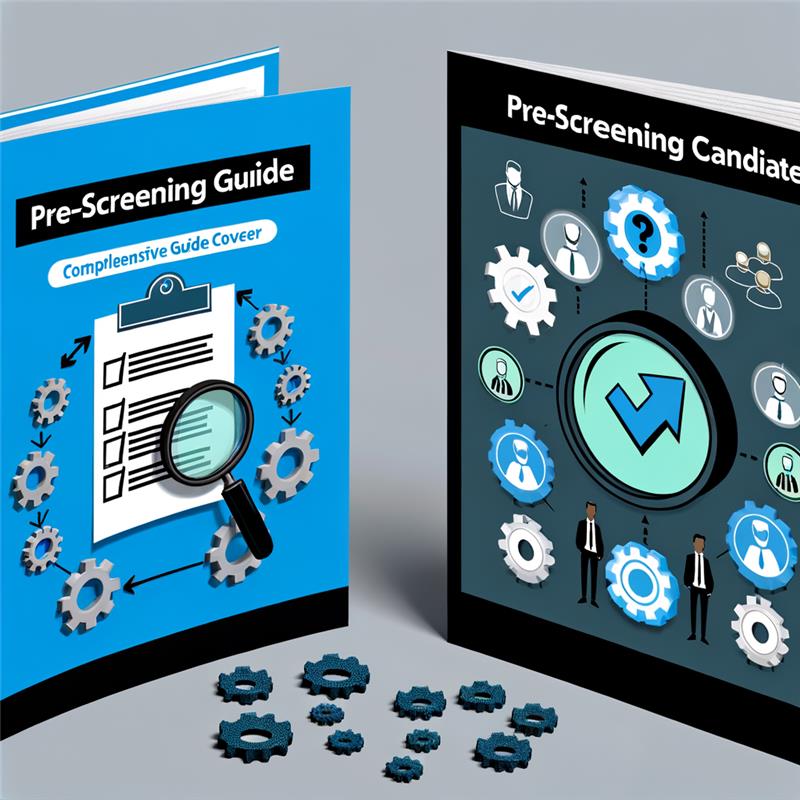Talent sourcing plays a crucial role in hiring the right candidates for your organization. However, even seasoned recruiters make mistakes that lead to hiring inefficiencies, delays, or poor-quality hires. Identifying these mistakes and learning how to avoid them can significantly improve your recruitment outcomes.
This guide outlines the most common talent sourcing mistakes and offers actionable solutions to avoid them, helping you streamline your recruitment process.
What Is Talent Sourcing?
Talent sourcing is the process of identifying and engaging potential candidates for current or future job openings. It involves building a talent pool, analyzing candidate profiles, and creating pipelines to match candidates with suitable roles.
While sourcing is a vital component of recruitment, mistakes at this stage can impact the entire hiring process. Let’s explore the common errors and how to address them.
Common Talent Sourcing Mistakes
1. Failing to Define Job Requirements Clearly
One of the most critical mistakes is starting the sourcing process without a well-defined understanding of the role. Ambiguity in job descriptions leads to a mismatch between candidates and the job role.
How to Avoid This Mistake:
- Collaborate with hiring managers to draft clear, concise job descriptions.
- Focus on role-specific qualifications, skills, and cultural fit.
2. Over-Reliance on Job Boards
Using only job boards for sourcing candidates limits your reach and reduces the diversity of your talent pool.
How to Avoid This Mistake:
- Diversify your sourcing channels by leveraging social media, employee referrals, and professional networks like LinkedIn.
- Utilize specialized platforms for niche roles to access a broader talent pool.
3. Ignoring Passive Candidates
Passive candidates—those not actively searching for jobs—make up a significant portion of the talent market. Overlooking them can result in missing out on top talent.
How to Avoid This Mistake:
- Engage passive candidates through personalized outreach, highlighting the value they can bring to your company.
- Use AI tools to identify and track passive candidates based on their skills and interests.
4. Focusing Solely on Hard Skills
Prioritizing technical skills while neglecting soft skills can lead to hires that struggle to integrate with the team or align with company culture.
How to Avoid This Mistake:
- Include behavioral and situational questions in interviews to assess interpersonal skills, adaptability, and cultural fit.
- Utilize AI tools to evaluate candidates’ personality traits.
5. Neglecting Employer Branding
Candidates are less likely to engage with companies that have a weak employer brand or unclear values.
How to Avoid This Mistake:
- Showcase your company culture, mission, and achievements through social media and career pages.
- Collect and display employee testimonials to build credibility.
6. Lack of Communication During the Hiring Process
Delays in communication or failing to keep candidates updated often result in losing top talent to competitors.
How to Avoid This Mistake:
- Set clear timelines for responses and updates at every stage of the hiring process.
- Use automated communication tools to provide timely updates.
7. Inadequate Use of Technology
Relying on outdated systems or manual processes slows down recruitment and limits efficiency.
How to Avoid This Mistake:
- Invest in advanced recruitment tools, including applicant tracking systems (ATS) and AI recruitment tools.
- Automate repetitive tasks like resume screening and candidate follow-ups.
Read More: Recruitment Automation
8. Not Building a Talent Pipeline
Recruiting reactively, only when there’s an opening, often leads to rushed decisions and suboptimal hires.
How to Avoid This Mistake:
- Create and maintain a database of qualified candidates for future roles.
- Engage with talent pipelines through regular updates and personalized communication.
9. Failing to Measure Recruitment Metrics
Without tracking metrics like time-to-hire, cost-per-hire, and quality-of-hire, it’s impossible to assess or improve your sourcing strategy.
How to Avoid This Mistake:
- Set clear KPIs for your hiring process and review them regularly.
- Use analytics tools to measure and optimize your recruitment performance.
Best Practices to Enhance Talent Sourcing
- Use Data-Driven Strategies
Leverage analytics to identify sourcing trends and candidate preferences, ensuring your efforts align with market demands.
- Leverage Advanced Recruitment Tools
AI recruitment tools streamline processes, reduce bias, and enhance decision-making. Learn more about their benefits and use cases on our AI Recruitment Tools page.






